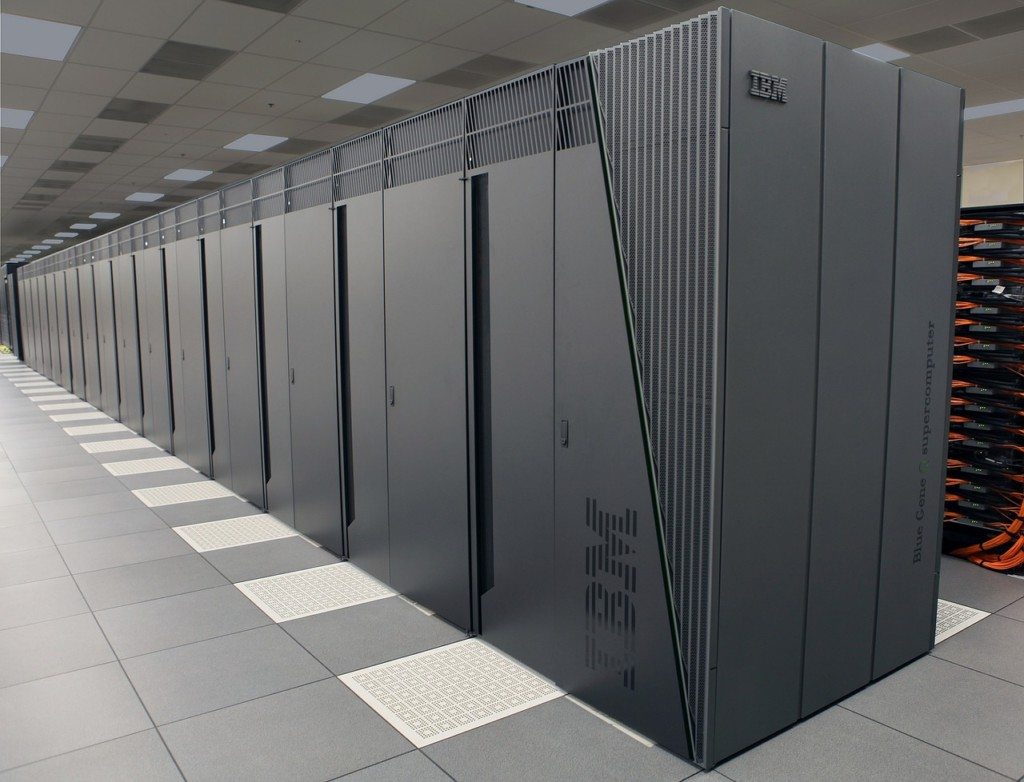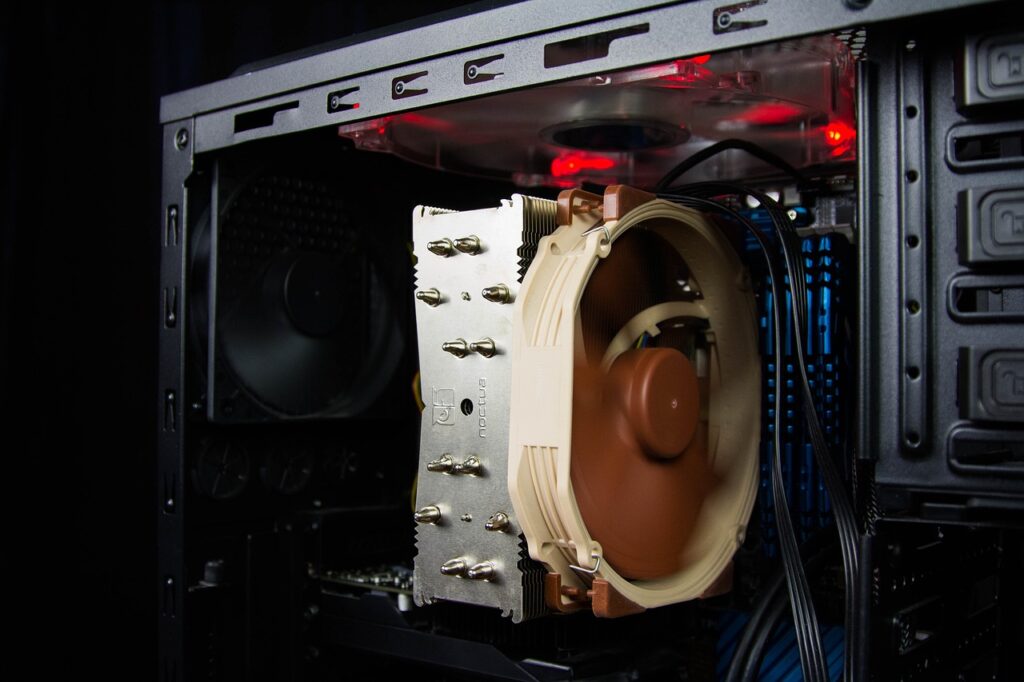Storage vendors have endured tough times lately. Why so? First, because of commoditization pressures affecting storage components and hardware margins. Second, due to the success public cloud players like AWS, Google and Microsoft are enjoying with bargain basement consumers and business-focused storage services.
What can storage vendors to do? There’s no quick or easy fix but one strategy incorporates adopting leading-edge technologies, like NAND-based flash drives, that commodity storage can’t touch. Another involves vendors creating solutions for core business problems. IBM’s new all-flash DS8880 storage family highlights how the company is using both these strategies to its mainframe customers’ benefit.
IBM z Systems’ storage needs
As noted in IBM’s press release, the DS8880 family members are designed for the intense rigors of IBM z System mainframe installations owned by mid-size and large enterprise customers. IBM’s z Systems support the high availability (HA), continuous up-time, and performance required by demanding workloads, ranging from enterprise resource planning (ERP) and financial transactions to cognitive applications, like machine learning and natural language processing.
That’s why it’s long been the business-critical platform of choice for global finance players, including banks, traders and credit card companies, as well as major retailers, airlines and travel businesses. So it’s no surprise that the DS8880 family supports ‘six nines availability’ (continuous operations 99.9999% of the time) via deep integration between the new arrays and z Systems mainframe.
But why is that important? Compare “five nines” and “six nines” availability in real world data center terms. The former allows no more than 5.26 minutes of unplanned annual downtime per year while the latter allows just 31.5 seconds of downtime. That may not sound like a lot and many pundits say that gaining five extra minutes simply isn’t worth the cost of achieving that extra “9.”
However, it really depends on the business. Consider that at the IBM mainframe’s 50th anniversary celebration in 2014, Citibank CEO Walter Winston said his company’s IBM z Systems could complete about 150,000 transactions per second or nearly nine million transactions per minute. You don’t need a mainframe to calculate the costly disruption of five minutes of unexpected downtime to Citibank, or why the company happily upgraded its entire mainframe infrastructure that year with all-new IBM z Systems hardware.
How does IBM’s DS8880 family complement this? Related to the announcement, IBM noted two customers with pilot versions of the new systems: the Health Insurance Institute of Slovenia which is using a DS8886 enterprise system for managing new customer-facing applications for its 2+ million clients, and “the world’s largest bank” which is leveraging the DS8888 analytics class system for near real-time fraud detection.
Both underscore the new solutions’ obvious business value, but the ability to robustly support highly complex functions “at scale” is (as it has always been) the mainframe’s sweet spot. That’s why thousands of companies worldwide depend on IBM z Systems for an enormous variety of business applications and processes.
The truth is that the model and feature variations available in the new DS8880 family also highlight IBM’s recognition that mainframe clients come in all shapes and sizes. The DS8880 family clearly signals the company’s intention to help customers enjoy the innovative benefits of all-flash storage no matter what their needs may be.
Final analysis
The new DS8880 solutions demonstrate why IBM continues to maintain a leadership position in enterprise storage but they also provide insights into how IBM continues to extend the value and life of its venerable mainframe platform.
Analysts and competitors have been denigrating the IBM mainframe and mistakenly predicting its certain demise since at least 1993, the year Louis Gerstner became IBM’s CEO and launched one of the IT industry’s most remarkable comebacks. Central to Gerstner’s strategy was reinvesting in the mainframe, a renewal process the company has steadily continued ever since.
Sometimes that involved upgrading or reinventing mainframe hardware, components, while other efforts focused on new software development, including investing in Linux and other open source projects. All along the way, IBM closely integrated the platform with new technologies that offered z Systems customers additional business critical benefits.
The DS8880 family demonstrates IBM’s longstanding insights into mainframe customers’ existing and emerging requirements. Today, that includes utilizing all-flash storage to enhance HA-sensitive enterprise applications and embracing new analytics workloads, including those leveraging IBM’s Watson cognitive platform. That is likely to provide solid benefits to IBM and its mainframe customers during the near term and should also help fuel the remarkable longevity of the IBM z Systems for years to come.
- Dell Concept Luna – Inspiring Sustainable Innovations with Circular Design - December 21, 2023
- AI Alliance: IBM, Meta, Dell and 50+ Founding Partners Pursue Open, Transparent and Safe AI Innovation - December 13, 2023
- Dell Technologies: Creative Partnering = GenAI Innovation - November 30, 2023



